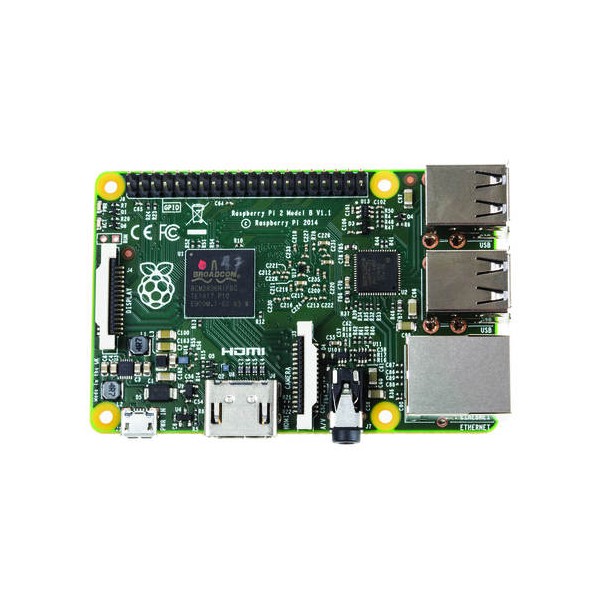
But it’s a bit less visible because it defaults to 1080p/50 rather than 1080p/25, so you have resolution loss but no jerkiness unless you set the output to 1080p/25 manually. The Vero 4K, incidentally, has similar issues except that there’s no user-changeable deinterlace setting, so you can’t set Deinterlace to off. I can’t say for certain if this is specific to h/w accelerated VC-1 playback - I don’t have a 1080i test clip in another codec to check.

This probably also accounts for the jerkiness with the 1080i/50 clip - if it’s deinterlacing it as video and then displaying only alternate frames, you would likely get that effect. On the test pattern, if the deinterlace mode is set to Off then it correctly deinterlaces it using a weave, but if it’s set to anything else, it’s clearly deinterlacing it in video-mode rather than film-mode (with consequent loss of resolution). This tells me that Auto-select is not doing what it should be doing when it encounters a shot-progressive-but-stored-as-interlaced 1080i source. After playing around with the settings a bit I found that it played smoothly if I set the Deinterlace mode to “Off”, but is jerky with any other option - including Auto-select.

The second thing was that it was jerky as hell. The first thing that was interesting about the 1080i/50 clip is that the output mode defaulted to 1080p/25Hz (where the Vero 4K defaults to 1080p/50Hz with identical whitelist settings).

Two things I’ve tried playing with it are a 1080i/60 deinterlacing test pattern (designed to test for whether it can pick up a 2:3:2:3 pattern and engage film mode) and a bit of the original Planet Earth which is a 1080p/25 stream stored on the disk as 1080i/50. I decided to splash out and pay for the MPEG-2 and VC-1 hardware decoding keys on my Raspberry Pi.

This may well be a Kodi issue, but I thought I may as well check.


 0 kommentar(er)
0 kommentar(er)
